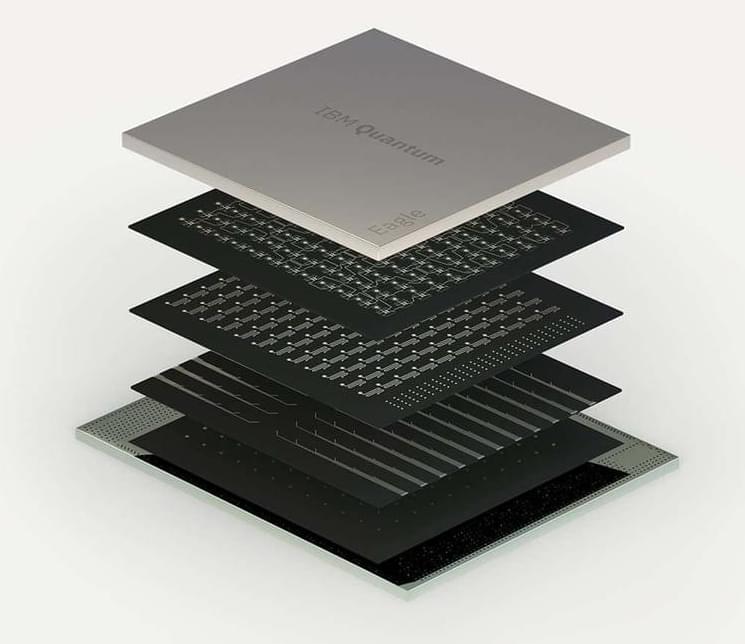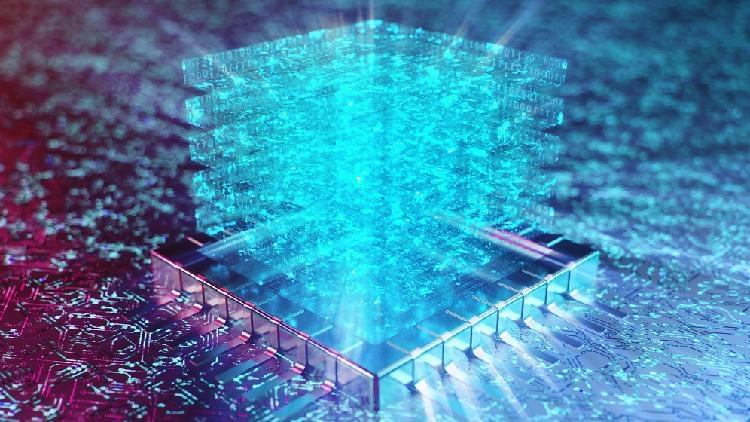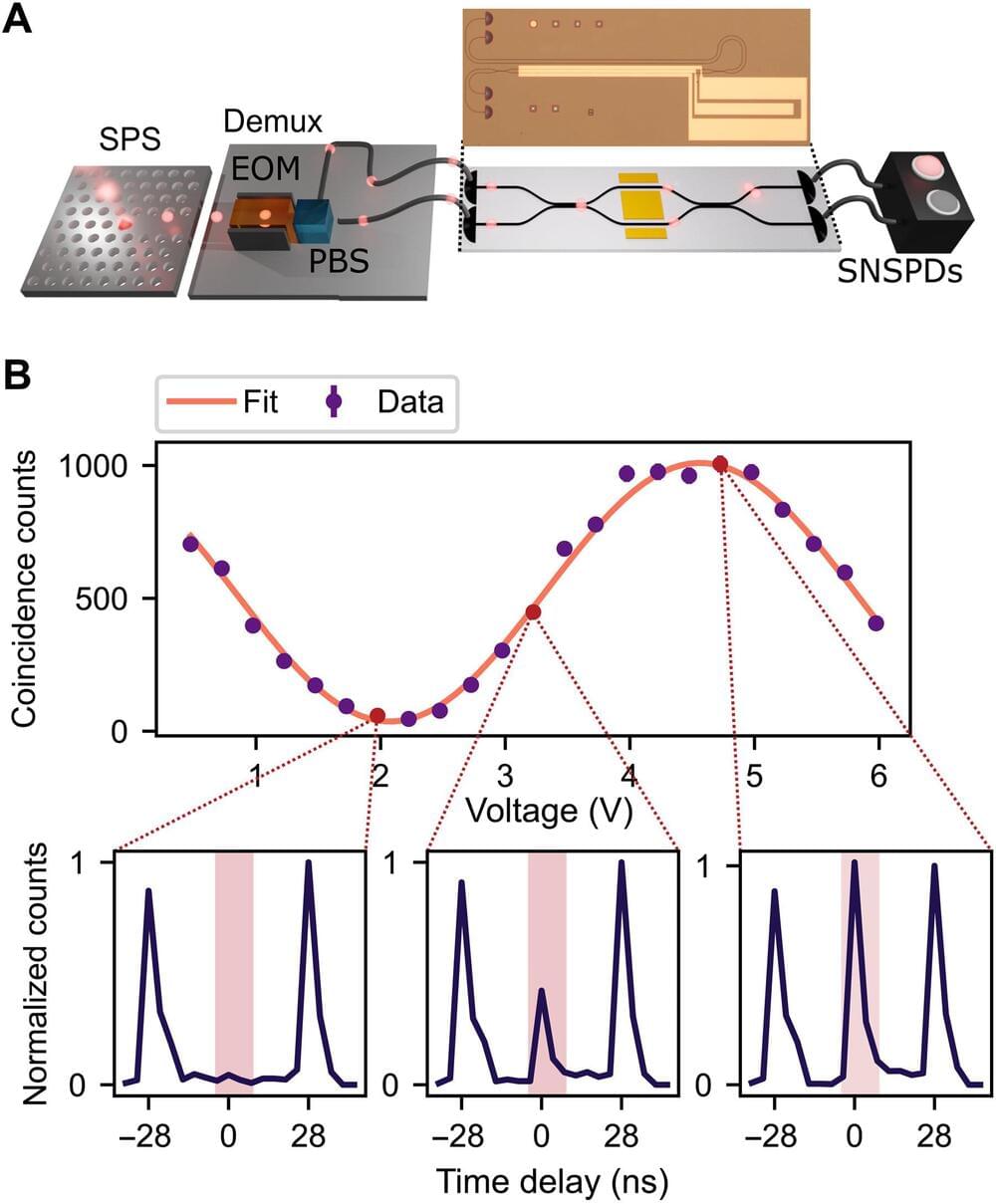IBM announced a new breakthrough, published on the cover of the scientific journal Nature, demonstrating for the first time that quantum computers can produce accurate results at a scale of 100+ qubits reaching beyond leading classical approaches.
Blog with more info.
https://research.ibm.com/blog/utility-toward-useful-quantum
ARMONK, N.Y., June 14, 2023 /PRNewswire/ — IBM (NYSE: IBM) today announced a new breakthrough, published on the cover of the scientific journal Nature, demonstrating for the first time that quantum computers can produce accurate results at a scale of 100+ qubits reaching beyond leading classical approaches.




